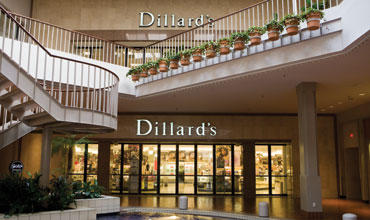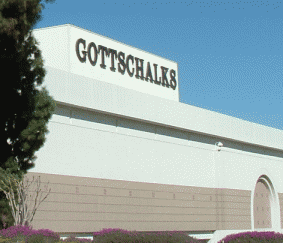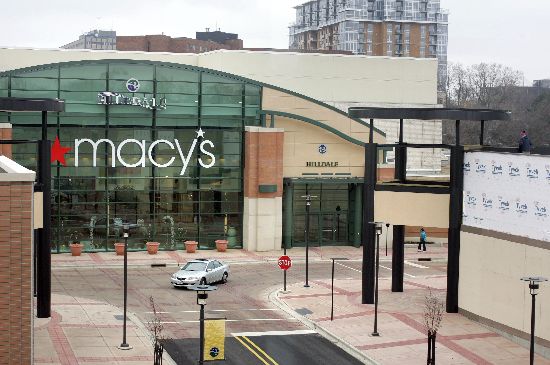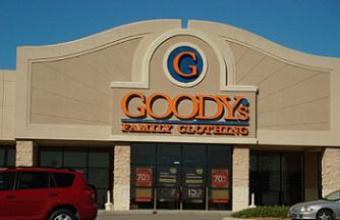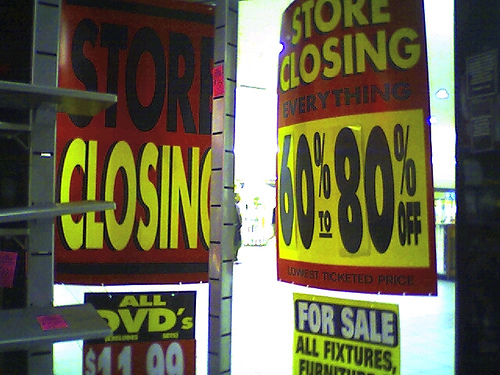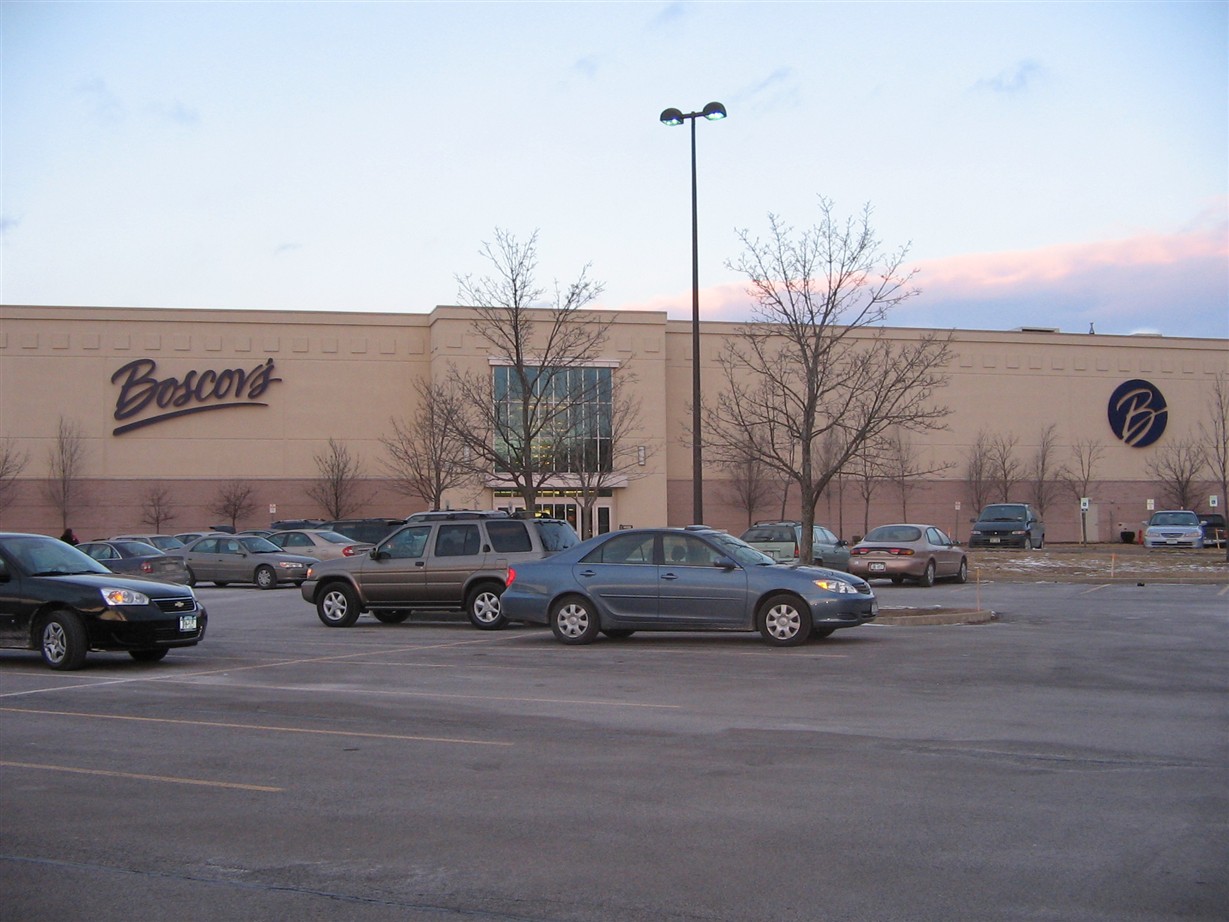 Well, it’s happened. U.S. mall owner General Growth Properties filed for Chapter 11 bankruptcy today.
Well, it’s happened. U.S. mall owner General Growth Properties filed for Chapter 11 bankruptcy today.
General Growth Properties Inc, the second-largest U.S. mall owner, declared bankruptcy on Thursday in the biggest real estate failure in U.S. history.
Ending months of speculation, General Growth, along with 158 of its 200-plus U.S. malls, filed Chapter 11 while it tries to refinance its debts.
But the ongoing global financial crisis made it impossible for General Growth to restructure outside of bankruptcy and could signal further troubles for other financial institutions who are General Growth creditors.
The collapse underscores the pressure on U.S. commercial real estate with few sources of available funding.
What does this really mean, however? GGP filing for Chapter 11 isn’t going to look quite the same as Mervyn’s or Circuit City, even if General Growth ultimately isn’t able to restructure. David Bodamer over at Retail Traffic’s Traffic Court blog has more:
Bankruptcy experts, however, say that many of the worries may be unfounded. The sector may not have been tested by a big bankruptcy yet, but enough is known about how the companies are structured and how a bankruptcy proceeds that experts think the industry should emerge fine, even from a series of bankruptcies. Further, there is reason to believe that because REITs control a tangible base of assets through large portfolios of real estate, these firms may be more likely to survive bankruptcies than other companies that’s value is harder to pin down or could be subject to liquidation.
I’m not an expert on REIT bankruptcies (and if I was, I’d probably enjoy a higher pay grade) but I suspect GGP will survive. They may sell off some properties–including very strong, well-tenanted, somewhat economy-proof properties like the Providence Place Mall in Rhode Island or Faneuil Hall in Boston–simply because that will help raise significant amounts of capital. If any of their properties actually shutter, it’s likely to be ones already heavily threatened; one obvious example is the tiny Redlands Mall in Redlands, California, anchored only by bankrupt (and soon-to-close) Gottschalks. Remember, however, that GGP’s role is primarily as a landlord; they own properties, which they have mortgages on and then maintain and collect rent from. This crisis is primarily the result of the credit crunch; if no one is lending, it’s rather hard to get half a billion dollars to refinance the loan on a heavily-leveraged, massive shopping mall, even if that shopping mall is turning a profit. Their crisis seems to be tied more to an absence of operational capital from this situation than from the more widely-reported death of enclosed shopping malls. Remember, GGP malls are often amongst the most dominant in their trade areas. If we were seeing one of the huge mall operators declare bankruptcy solely due to vacancies, it’d probably have more likely been Simon–who has more marginal centers–or one of the turnaround-focused companies like Feldman who got stuck with a bad mall or two in a game of “hot potato.”
